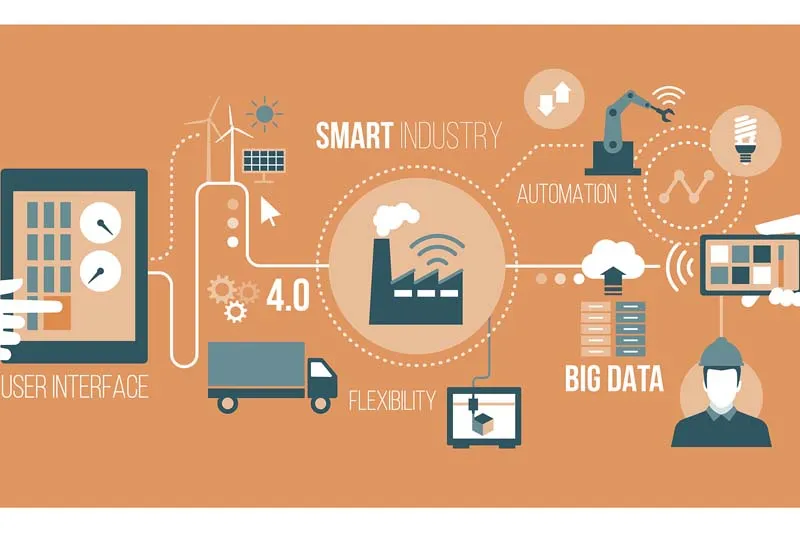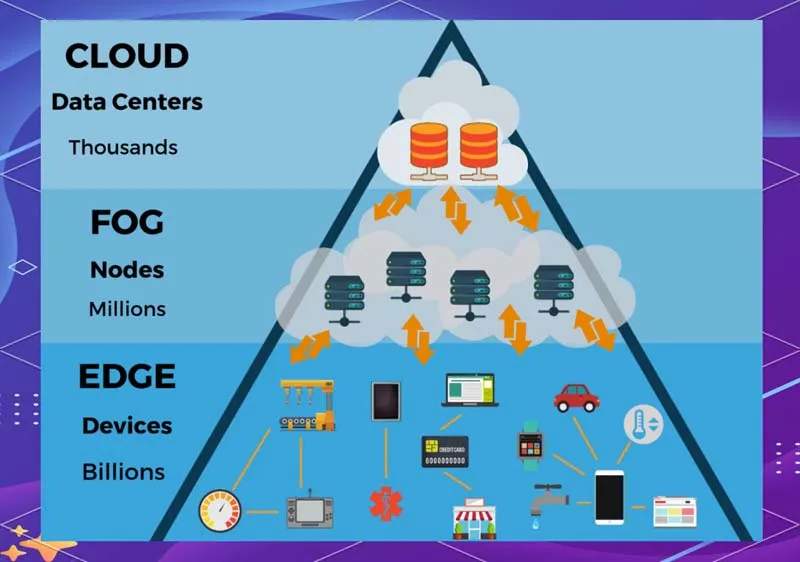IoT Enters a Smart Era
IoT accelerates evolution, transforming global technology and industries. 5G networks expand rapidly. Device connections surge. Artificial intelligence integrates deeply. IoT shifts from basic connectivity to intelligent systems. Edge computing and TinyML drive this change. They empower IoT devices with unmatched terminal intelligence. This boosts data processing, response speed, and energy efficiency. IDC reports global IoT spending hit $805.7 billion in 2023. Growth continues into 2025. China aims for 3 billion IoT connections by 2024, leading globally. Edge computing and TinyML fuel digital transformation in smart cities, Industry 4.0, and healthcare.

IoT Industry Status: Booming Connectivity
IoT powers the digital economy. It grows at an unprecedented pace. In 2023, China’s cellular IoT users reached 2.31 billion, up 22.7%. IoT connections now account for 57.3% of mobile network terminals. Globally, IoT spending is set to soar. By 2027, connections may exceed 30 billion, per industry forecasts.
Several technologies drive this surge. 5G RedCap lowers connection costs. NB-IoT and Cat.1 modules enable low-power networks. Meanwhile, AI, blockchain, and edge computing add new energy. In China, policies fuel progress. The Ministry of Industry and Information Technology targets 30+ IoT standards by 2025. These will support smart cities, industrial internet, and healthcare. Globally, IoT thrives on innovation. Companies like Huawei and Google lead the charge.

Edge Computing: IoT’s Nerve Center
Edge computing transforms IoT systems. It processes data near the source. This cuts latency. It saves bandwidth. It boosts security. Unlike cloud computing, edge computing handles data locally. This ensures real-time responses. For instance, in smart manufacturing, edge devices analyze sensor data instantly. This optimizes production.
Edge computing offers clear benefits:
– Low latency: Local processing speeds up decisions.
– Bandwidth savings: Less data travels to the cloud.
– Enhanced security: Sensitive data stays local, meeting privacy laws like GDPR.
Real-world cases prove its value. Huawei’s edge solutions monitor traffic in smart cities. They adjust signals to ease congestion. In Industry 4.0, platforms like COSMOPlat connect devices. This lifts efficiency by 15% for small businesses. Edge gateways support MQTT protocols. They ensure reliable data handling, even offline. By 2030, half of IoT devices will rely on batteries. Edge computing’s low-power design meets this need. It also paves the way for TinyML.
TinyML: Smart Power for IoT Devices
TinyML brings intelligence to IoT endpoints. It runs lightweight AI models on microcontrollers. This enables low-power devices to think. TinyML’s strengths are clear:
– Ultra-low power: Models operate on milliwatts.
– Compact size: Some models are just 2KB, like Microsoft’s Bonsai.
– Local processing: No cloud needed, ensuring privacy.

TinyML shines in diverse fields. In agriculture, sensors monitor soil and weather. They optimize irrigation. In smart homes, Google’s Nest uses TinyML for offline voice recognition. In industry, Qeexo’s AutoML predicts equipment failures. It analyzes vibrations to cut downtime.
Advances fuel TinyML’s rise. TensorFlow Lite Micro shrinks models to 20KB. ARM and Qualcomm optimize chips for TinyML. These breakthroughs make IoT devices smarter and more efficient.
Edge Computing and TinyML: A Perfect Pair
Edge computing and TinyML form a dynamic duo. Together, they supercharge IoT systems. Edge computing delivers local processing power. TinyML adds smart decision-making. This combo drives efficiency and intelligence.
For example, in smart factories, edge gateways collect data. TinyML models predict maintenance needs. This prevents downtime. In healthcare, wearables use TinyML to monitor vitals. Edge computing ensures fast responses. Benefits include:
– Real-time decisions: Critical for autonomous vehicles and security.
– Energy savings: Extends device battery life.
– Data security: Local processing reduces risks.
This synergy transforms industries. It makes IoT faster, smarter, and more secure.

Toward a Connected Future
IoT accelerates evolution, propelled by edge computing and TinyML. These technologies unlock terminal intelligence. They drive efficiency across smart cities, industry, and healthcare. Challenges remain, however. Data security, interoperability, and standards need attention. Looking ahead, 6G, AIoT, and green IoT will shape the future. IoT is poised to create a truly connected world.
Many companies contribute to this vision. For instance, EELINK Communication excels in IoT innovation. This high-tech firm applies wireless technology to IoT solutions. With over 20 years of expertise, its team develops cutting-edge hardware and software. EELINK’s products include remote monitoring platforms for temperature and humidity. They serve asset management, vehicle security, insurance, and cold chain logistics. EELINK’s mission is clear: connect everything through smart technology. By solving customer needs, it delivers reliable, efficient solutions. EELINK drives IoT progress with relentless innovation.
